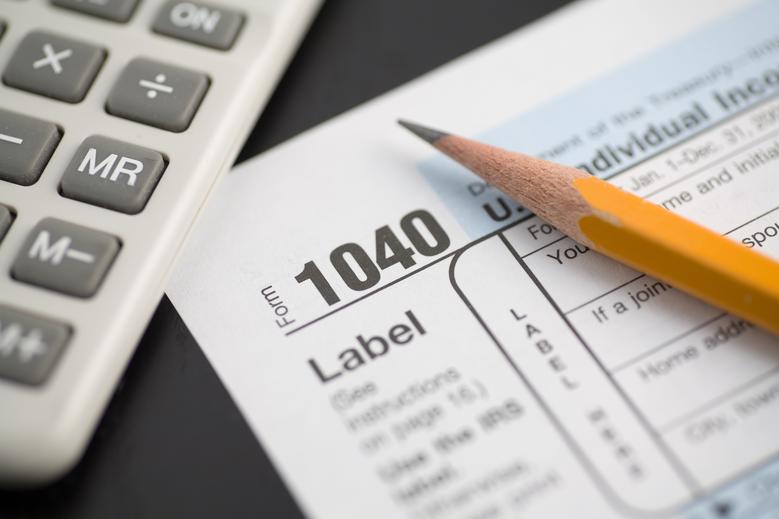Income Tax
How to Secure Extra Tax Exemptions at Year-End
As with itemized deductions, the tax benefit of personal exemptions, including exemptions for dependents, is subject to a special phase-out rule. However, unlike deductible expenses that might be moved from one tax year to another, the approach for ...
Oct. 17, 2015

(This is part of our series of “sweet 16” year-end tax planning ideas.)
As with itemized deductions, the tax benefit of personal exemptions, including exemptions for dependents, is subject to a special phase-out rule. However, unlike deductible expenses that might be moved from one tax year to another, the approach for personal exemptions at year-end is usually pretty straightforward: Take any exemption you can get.
In fact, if you have the opportunity to claim an extra dependency exemption by chipping in a little more support during the holidays, seize it. This is especially true if you expect that 2015 will be the last year you might be able to claim the exemption for a qualifying child or relative.
Generally, a taxpayer can claim a personal exemption for himself or herself, plus another exemption for a spouse on a joint federal return. For 2015, each personal exemption is $4,000 (up from $3,950 in 2014). In addition, an exemption for a dependent is available if the following requirements are met:
- You’re not a dependent of another taxpayer.
- The individual claimed as a dependent can’t file a joint tax return (with certain limited exceptions).
- The individual claimed as a dependent is a citizen, national or resident alien of the U.S. or a resident of Canada or Mexico.
- The individual claimed as a dependent meets the requirements for either a qualifying child or a qualifying relative.
There is a two-part test to qualify: (1) You have to provide more than half of the annual support of the person claimed as a dependent and (2) that person can’t have more than the personal exemption amount in gross income subject to tax. For a qualifying child under age 19 or a full-time student under age 24, the “gross income” part of the test doesn’t apply.
For example, suppose your daughter graduated from college in May and recently landed her first full-time job. She expects to provide $20,000 of support for herself this year and you’ve already provided $19,500 in support to her. By giving her some extra spending money in December – just $501 is enough to do the trick – you’ll exceed the half-support mark and qualify for a dependency exemption. The amount of her gross income doesn’t matter
It’s usually tougher to secure an extra exemption for a relative because you also have to meet the gross income test. But Social Security retiree benefits don’t count as gross income for exemption purposes (although they still count for the half-support test). Thus, you may be able to lock in an exemption for an elderly relative – say, your mom or dad — living on a small fixed income and Social Security benefits.
Finally, be aware of the personal exemption phaseout (PEP) rule. Under the PEP rule, the total amount of personal exemptions you may claim is reduced by 2 percent for each $2,500 (or portion thereof) that your AGI exceeds a specified dollar threshold. For 2015, the threshold is $258,250 of AGI for single filers and $309,900 for joint filers. (The phaseout is complete at $380,750 of AGI for single filers and $432,400 for joint filers.) Despite a partial reduction, if you have a chance to secure an exemption for an older child this year, grab it.
